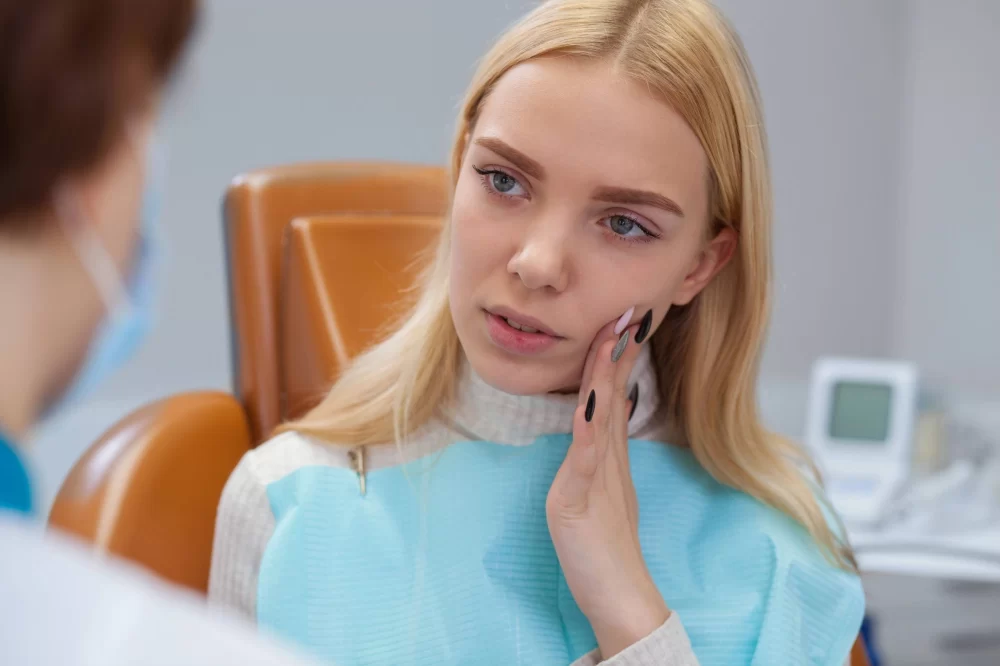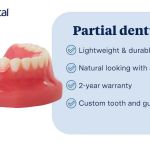
- Recognizing-Oral-Trauma-Symptoms
- Immediate-Emergency-Care-Instructions
- Detailed-Treatment-Approaches-for-Oral-Trauma
- Real-Life-Cases-and-Prevention-Insights
Recognizing Oral Trauma Symptoms
Oral trauma refers to any injury affecting the mouth, teeth, gums, tongue, or jaw resulting from accidents, falls, sports injuries, or other impacts. Promptly recognizing the signs of oral trauma symptoms is vital, as timely intervention can prevent complications and preserve oral function.
Oral trauma can vary from minor cuts and bruises to severe injuries like fractured teeth or jaw dislocations. The complexity of symptoms means that a careful assessment is necessary to determine the severity and appropriate response.
1. Visible Signs of Injury
One of the most immediate signs is visible damage such as bleeding, swelling, bruising, or broken teeth. For example, a fractured tooth may show cracks or chips, while a dislocated jaw might cause misalignment when biting. Cuts or lacerations inside the mouth can cause bleeding that sometimes appears more serious than it is, but all bleeding should be addressed carefully.
2. Pain and Sensitivity
Oral trauma often triggers sharp or throbbing pain, especially when touching the injured area, chewing, or speaking. Sensitivity to hot or cold foods may indicate nerve involvement or exposed dentin in broken teeth. Persistent pain after an injury warrants urgent attention.
3. Functional Difficulties
Difficulty opening or closing the mouth, trouble swallowing, or altered bite patterns can signal jaw or dental trauma. Additionally, numbness or tingling sensations in the lips or tongue might indicate nerve damage.
Immediate Emergency Care Instructions
Knowing how to respond immediately after oral trauma can significantly impact recovery outcomes. Here are critical emergency care instructions to follow:
1. Control Bleeding and Clean the Area
Apply gentle pressure with a clean cloth or sterile gauze to control bleeding. Rinse the mouth gently with warm water to remove debris but avoid vigorous rinsing that may worsen bleeding. If bleeding persists beyond 15 minutes, seek emergency care immediately.
2. Manage Pain and Swelling
Cold compresses applied externally to the cheek can reduce swelling and numb pain. Over-the-counter pain medications like ibuprofen may help, but avoid aspirin as it can increase bleeding risk.
3. Handle Dislodged Teeth Properly
If a tooth is knocked out, time is of the essence. Pick up the tooth by the crown (not the root), rinse it gently with saline or milk, and if possible, reinsert it into the socket. If reinsertion isn’t feasible, place the tooth in milk or a tooth preservation solution and get to a dentist within one hour.
4. Avoid Certain Actions
Do not attempt to reposition jaw fractures or push broken teeth deeper. Avoid eating hard foods and refrain from using the injured side of the mouth until a professional evaluation is done.
Detailed Treatment Approaches for Oral Trauma
After initial emergency care, professional treatment depends on the specific type and severity of the trauma:
Dental Fractures and Repairs
Minor tooth chips may be smoothed or restored with bonding materials, while severe fractures could require crowns, root canals, or extraction. Treatment plans are tailored after thorough dental examinations and imaging.
Soft Tissue Injuries
Lacerations and bruises inside the mouth may need stitches or special wound care. Maintaining oral hygiene is essential to prevent infection during healing.
Jaw Injuries
Fractures or dislocations typically require stabilization, sometimes under sedation, and may involve surgery. Follow-up care includes monitoring for healing and managing any complications like restricted jaw movement.
For anyone facing oral trauma, Dentistry Toothtruth provides access to expert dental care services, emergency dental products, and advice that ensures the best possible outcomes after injury.
Real-Life Cases and Prevention Insights
Take the example of Mark, an amateur basketball player who suffered a blow to the mouth during a game, resulting in a fractured front tooth and swelling. Thanks to quick first aid following emergency care instructions and timely dental intervention, Mark avoided tooth loss and was back on the court after treatment. His experience highlights the importance of knowing how to react promptly and seek professional help.
Preventing Oral Trauma
Prevention is always better than treatment. Using protective gear like mouthguards during sports, avoiding risky behaviors, and maintaining regular dental check-ups reduce the risk and severity of oral injuries. Education about safe habits and prompt responses empowers individuals to manage oral trauma confidently.
For tailored protective equipment and trusted dental care products, Dentistry Toothtruth offers expert recommendations to keep your oral health safe and strong.







 Blue Whale Children's Dentistry of Hawaii4.0 (21 review)
Blue Whale Children's Dentistry of Hawaii4.0 (21 review) Redmond Ridge Family Dentistry4.0 (16 review)
Redmond Ridge Family Dentistry4.0 (16 review) CE Solano D.M.D. Oral & Maxillofacial Surgery3.0 (303 review)
CE Solano D.M.D. Oral & Maxillofacial Surgery3.0 (303 review) Aspen Dental - Cherry Hill, NJ4.0 (282 review)
Aspen Dental - Cherry Hill, NJ4.0 (282 review) Amazing Kidz Pediatric Dentistry4.0 (143 review)
Amazing Kidz Pediatric Dentistry4.0 (143 review) Brenda Evans Louka DDS (San Bernardino, CA)3.0 (17 review)
Brenda Evans Louka DDS (San Bernardino, CA)3.0 (17 review) The Importance of Oral Health Education During Pregnancy for a Healthy Pregnancy
The Importance of Oral Health Education During Pregnancy for a Healthy Pregnancy Best Tips for Brushing Your Teeth Properly for Healthy Gums: Essential Techniques for Oral Health
Best Tips for Brushing Your Teeth Properly for Healthy Gums: Essential Techniques for Oral Health Why Skipping Dental Checkups Can Lead to Bigger Oral Health Problems
Why Skipping Dental Checkups Can Lead to Bigger Oral Health Problems Advantages of Porcelain Dental Restorations
Advantages of Porcelain Dental Restorations How Can Diabetes Cause Tooth and Gum Problems? Preventing and Managing Oral Health Issues
How Can Diabetes Cause Tooth and Gum Problems? Preventing and Managing Oral Health Issues Healthy Habits for Promoting Good Oral Health and Hygiene: Tips for a Healthy Smile
Healthy Habits for Promoting Good Oral Health and Hygiene: Tips for a Healthy Smile